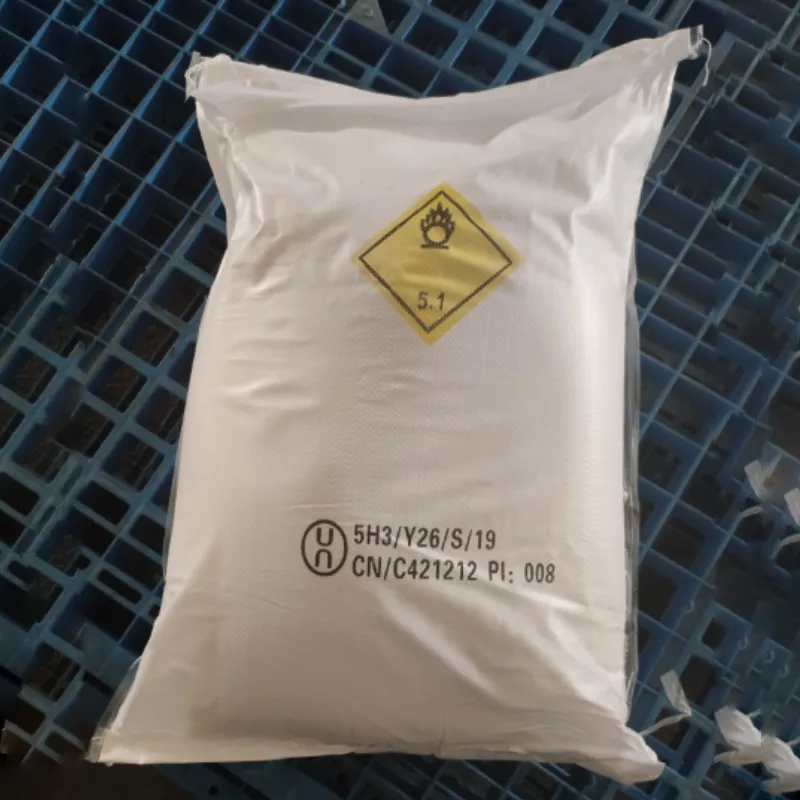
Understanding the Role of Colouring Agents in Food Products and Their Effects on Health
The Role of Colouring Agents in Food Enhancing Appeal and Safeguarding Health
Food is a fundamental aspect of our daily lives, influencing our health, culture, and even our emotions. One of the more intriguing components of food is its color. The visual appeal of a dish often dictates our desire to consume it, and this is where colouring agents—substances that impart color to food—come into play. These agents can be derived from natural sources or can be synthetically produced, and they contribute significantly to both food aesthetics and consumer psychology.
Natural vs. Synthetic Colouring Agents
Natural colouring agents are derived from plants, minerals, and even insects. For example, beet juice provides a vivid red hue, while turmeric imparts a bright yellow. These natural dyes are often perceived as healthier and safer alternatives compared to synthetic colourants, which are chemically manufactured and may be associated with various health concerns. Artificial agents such as Red 40, Yellow 5, and Blue 1 are common in processed foods, and while they are approved for use by regulatory bodies like the FDA, there are ongoing debates regarding their long-term health effects.
The choice between natural and synthetic agents can affect not only the appearance but also the nutritional value of food. Natural colourings often come with added benefits, such as antioxidants and vitamins, encapsulated within the source material. For instance, anthocyanins, which provide a deep purple color to foods like blueberries and purple cabbage, are powerful antioxidants.
Consumer Perception and Product Appeal
The color of food can significantly influence consumer perception and choices. Studies have shown that people often equate vibrant colors with freshness and flavor. This is why many food manufacturers invest heavily in the aesthetic aspect of their products. A more vibrant color can make a product stand out on the shelf, thereby capturing the attention of potential buyers.
In the culinary world, chefs utilize colour not only for aesthetic appeal but also to create a balanced dish. A plate filled with varied colors is often more appetizing compared to a monochromatic one. This principle extends to home cooking as well; incorporating a range of colorful fruits and vegetables can enhance the meal's appeal and nutritive value.
colouring agents in food

Health Implications and Regulations
Despite the benefits of colouring agents, there are valid health concerns regarding their consumption. Some synthetic dyes have been linked to allergic reactions and hyperactivity in children, which has led to calls for stricter regulations concerning their usage. Consequently, many consumers are becoming more health-conscious and are opting for products with natural colourants.
In response to these concerns, food manufacturers are gradually reformulating their products to include natural alternatives. Companies are also capitalizing on the trend towards clean label products, which emphasize natural ingredients and transparency in food processing. This shift not only caters to consumer demand but also reinforces public trust in food safety.
The Future of Colouring Agents in Food
As the food industry evolves, so too does the formulation and use of colouring agents. Advances in technology are paving the way for more efficient extraction and production methods for natural dyes, making them more economically viable for mass production. Furthermore, ongoing research is expanding the palette of available natural colouring agents, offering more options to food manufacturers.
As consumers continue to prioritize health and wellness, it is likely that the demand for natural colouring agents will persist. This trend is not only beneficial for consumer health but also fosters a more sustainable approach to food production.
Conclusion
Colouring agents play a crucial role in the food industry, influencing not only the visual appeal but also the nutritional aspects of products. While the debate between natural and synthetic colourants continues, the importance of consumer safety and awareness is clear. As we move toward a future that prioritizes health and sustainability, the use of colouring agents will undoubtedly adapt, paving the way for more innovative and healthier food options. Ultimately, the vibrant colors on our plates not only please the eye but also nourish the body and fulfill our innate desire for wholesome food.
-
Understanding Synthetic Rubber OptionsNewsApr.27,2025
-
Trichloroisocyanuric Acid: Essential for Clean and Safe WaterNewsApr.27,2025
-
Sodium Dichloroisocyanurate: Key to Safe Water TreatmentNewsApr.27,2025
-
Sodium Acid Pyrophosphate: Essential in Modern Food ProcessingNewsApr.27,2025
-
Essential Water Treatment ChemicalsNewsApr.27,2025
-
Denatured Alcohol and Its Industrial UsesNewsApr.27,2025
-
The Versatile Uses of Sodium BicarbonateNewsApr.24,2025
Hebei Tenger Chemical Technology Co., Ltd. focuses on the chemical industry and is committed to the export service of chemical raw materials.
-

view more DiethanolisopropanolamineIn the ever-growing field of chemical solutions, diethanolisopropanolamine (DEIPA) stands out as a versatile and important compound. Due to its unique chemical structure and properties, DEIPA is of interest to various industries including construction, personal care, and agriculture. -

view more TriisopropanolamineTriisopropanolamine (TIPA) alkanol amine substance, is a kind of alcohol amine compound with amino and alcohol hydroxyl, and because of its molecules contains both amino and hydroxyl. -

view more Tetramethyl Thiuram DisulfideTetramethyl thiuram disulfide, also known as TMTD, is a white to light-yellow powder with a distinct sulfur-like odor. It is soluble in organic solvents such as benzene, acetone, and ethyl acetate, making it highly versatile for use in different formulations. TMTD is known for its excellent vulcanization acceleration properties, which makes it a key ingredient in the production of rubber products. Additionally, it acts as an effective fungicide and bactericide, making it valuable in agricultural applications. Its high purity and stability ensure consistent performance, making it a preferred choice for manufacturers across various industries.











